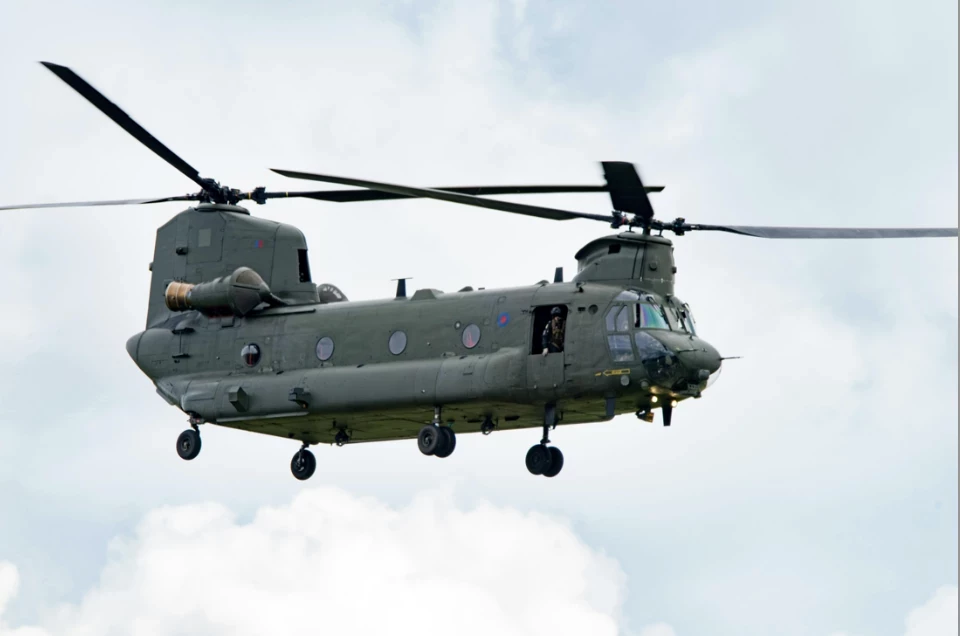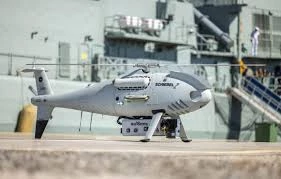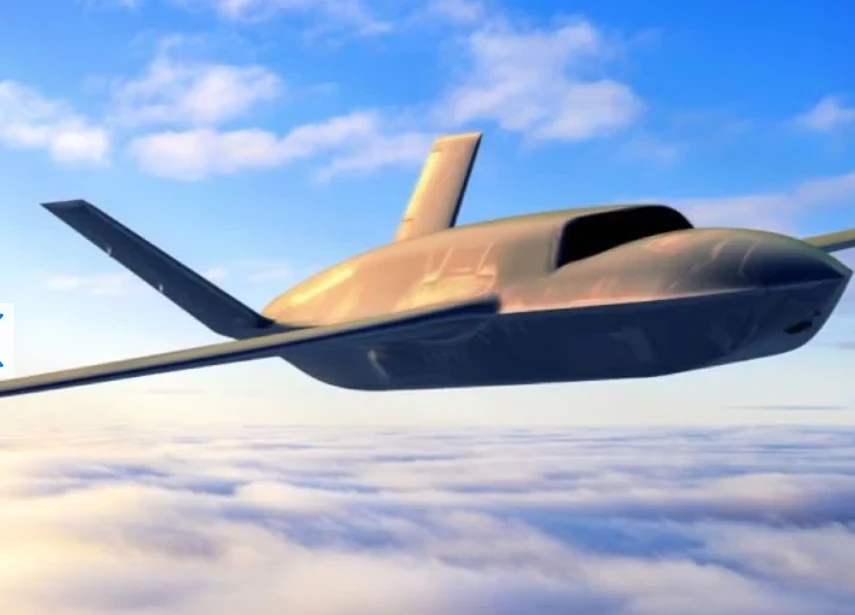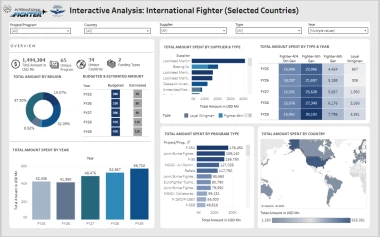Aerospace is the UK's second fastest growing export sector
New study by Weylands Bank reveals exports are expected to grow at 3.7 per cent each year to 2021.
Add bookmarkIt has been a good week for the British aerospace sector. The Farnborough Air Show - largely considered to be one of the most important aerospace/defence events - is at full throttle, with huge reveals and deals capturing the minds of audiences, such as the reveal of the UK's sixth-generation jet fighter Tempest.
A timely report has emerged suggesting that aerospace is the UK's second fastest growing export sector. The research was commissioned by Wyelands Bank to gain a greater grasp on the role of imports and exports and how they affect the British economy.
SEE ALSO: Tempest: UK unveils its sixth-generation unmanned fighter jet
In comparison to the growth rate of other export sectors, this puts aerospace (3.7%) ahead of precious metals (2.3%), the automotive industry (1.7%) and pharmaceuticals (0.8%). It is only behind food and beverage exports (6.3%).
Here are some of the biggest finds
- Aerospace will have an estimated growth rate of 3.7% every year until 2021
- In 2017, aerospace exports were worth $21.5bn last years
- U.S., France and Germany are the main markets for UK aerospace exports
- The UK’s fastest growing aerospace export partners are South Korea, Saudi Arabia, Italy, France and Spain
The UK aerospace sector
The UK aerospace industry is the UK’s eighth largest export sector the fourth largest aerospace exporter globally after the US, France and Germany where exports are worth $136bn, $74bn and $47bn respectively.
Iain Hunter, CEO of Wyelands Bank, said: “SMEs within aerospace contribute 30% of sector turnover making them an important part of the industry. Smaller, more innovative companies – especially in manufacturing – play an important part in the UK’s foothold in global supply chains, as these aerospace businesses demonstrate.”
UK aerospace imports were worth $20.1bn in 2017, giving the UK a moderate trade surplus of $1.4bn in this sector. Looking at the sector in more detail, while the UK exports more large aircraft and more helicopters than it imports, the UK imports nearly twice the number of aircraft parts than its exports. In particular, the UK imports significantly more aircraft engines and radar, radio navigational aid and radio remote control apparatus than it exports.
In consideration of theTempest jet fighter reveal and the Air Combat strategy guideline, the UK will be on the lookout for strong partners for future projects. This report will come as a timely boost to those efforts. The UK expects decisions around acquiring next-generation capability will be made by the end of 2020, with final investment decisions by 2025.
At the Farnborough Air Show, the Defence Secretary indicated as much, saying, "It shows our allies that we are open to working together to protect the skies in an increasingly threatening future – and this concept model is just a glimpse into what the future could look like,”
Iain Hunter, CEO of Wyelands Bank, added: “Behind these headline economic figures, trade is important because it enables companies to grow. However, in order for businesses to succeed, they need working capital. It is only by providing better access to funding that we can support businesses to trade and grow.”




























